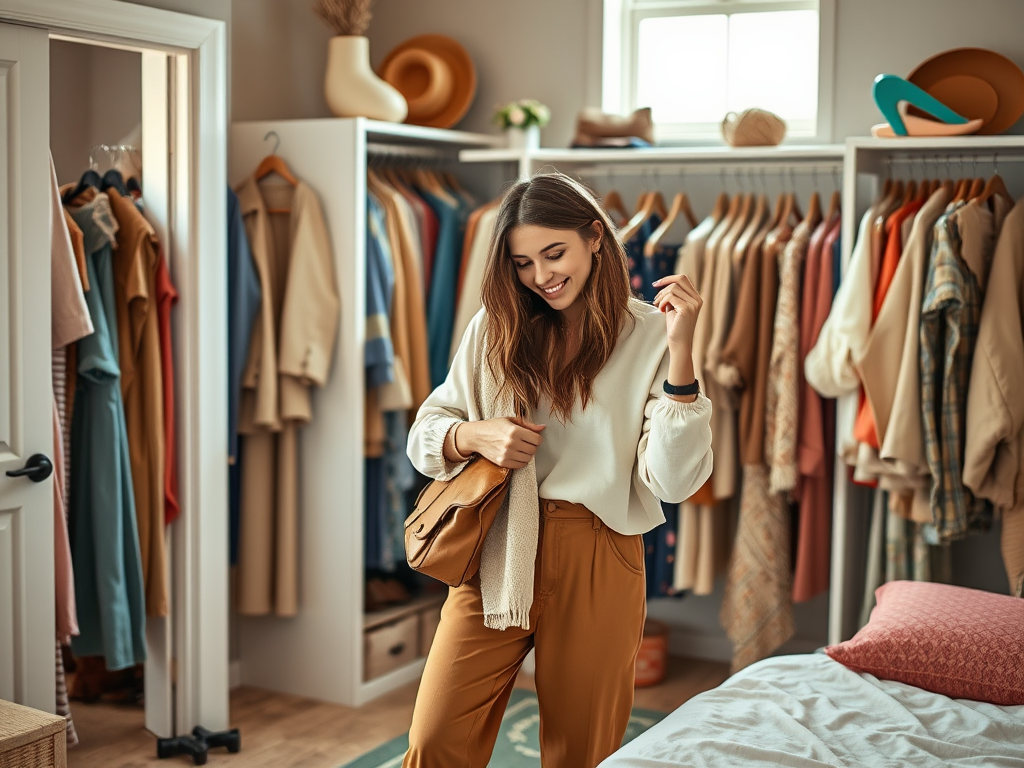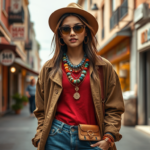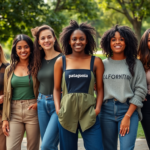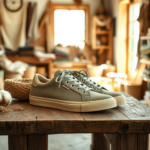In the world of fashion, versatility is the unsung hero that elevates a wardrobe from mundane to exceptional. The ability to create outfits that can adapt to various occasions while still reflecting your personal style is a skill worth mastering. Many people struggle with this, often feeling overwhelmed by the volume of clothing they own yet still believing they have “nothing to wear.” By leveraging mixing and matching techniques, you can breathe new life into your existing wardrobe. This article dives deep into the art of versatility, outlining key strategies, components, and techniques that will empower you to build outfits that work for any scenario. From casual coffee dates to formal events, this comprehensive guide is your ticket to unlocking limitless style potential.
Understanding Versatility in Fashion
The concept of versatility in fashion stretches far beyond simply wearing clothes; it’s about crafting a wardrobe that embraces flexibility. Versatile outfits enable you to flow effortlessly through different roles in life, whether you are heading to the office, a social outing, or even a weekend getaway. This adaptability not only saves you time but also enhances the overall efficiency of your wardrobe choices. Without a solid understanding of what versatility entails, you might find yourself trapped in a cycle of frustration and confusion. Once you grasp the essence of adaptable fashion, building cohesive outfits becomes a thrilling exercise rather than a chore. Ultimately, this understanding leads to a more informed and streamlined approach to dressing.
Key Elements of Versatile Outfits
When embarking on the journey of creating versatile outfits, it’s crucial to focus on several key elements. Quality basics serve as the backbone of any versatile wardrobe. These are the staple pieces that can be easily mixed and matched, creating numerous outfit combinations. Investing in these essentials can drastically simplify the process of dressing well each day.
- Quality Basics: Items like tailored blazers and classic white shirts.
- Statement Pieces: Bold accessories or standout garments.
- Layering Items: Cardigans, jackets, and more.
Incorporating statement pieces into your outfits can elevate your overall look significantly. These unique items can serve as a focal point and help you express your personality. When strategically chosen, they can transform a basic outfit into a chic ensemble. However, it’s essential to choose these pieces wisely; they should not overpower your outfit but rather enhance it.
Layering is an art that allows for creativity and adaptability. It’s particularly useful for handling unexpected changes in weather, enabling you to style your outfits for warmth or breathability. The right layering technique also adds visual interest, depth, and texture to your look. Mixing different materials and patterns, while ensuring a harmonious blend, can take your outfit from ordinary to extraordinary. Here’s what you need to know about layering:
- Start with a lightweight base and add heavier layers as needed.
- Mix materials like denim, knits, and silks for varied textures.
- Consider proportions to maintain a balanced silhouette.
| Layer Type | Best For |
|---|---|
| Base Layer | Everyday wear, comfort |
| Mid Layer | Temperature control |
| Outer Layer | Weather protection |
Color Coordination and Patterns
Mastering color coordination and patterns is vital in achieving a polished and versatile look. Selecting a cohesive color palette offers countless opportunities for mixing and matching. For this reason, it is advantageous to choose a set of colors that complement your skin tone, attire, and personal style. Moreover, understanding how to combine patterns can elevate a basic outfit to higher fashion realms. Here are some helpful tips to consider:
- Start with a neutral base to allow for color flexibility.
- Incorporate one bold pattern while keeping other pieces subtle.
- Choose colors that harmonize, rather than clash, to maintain unity.
Accessorizing for Impact
When it comes to versatile outfits, accessories can make a world of difference. They allow you to amplify or tone down your look with minimal effort. Selecting a few key accessories that are adaptable can transform your outfit multiple times with little fuss. Think beyond just jewelry; consider shoes, bags, scarves, and hats. Each accessory acts as a punctuation mark in your stylistic sentences. Keep in mind the following elements when choosing accessories:
- Choose items that match multiple outfits.
- Prioritize functionality without sacrificing style.
- Experiment with different colors and materials for added flair.
Seasonal Adaptations
Your versatile wardrobe should come equipped to handle changes in the weather. By selecting items that transition well between seasons, you can maximize your outfit options year-round. Layering techniques can also be adapted to suit your seasonal needs, such as incorporating lighter fabrics in warmer months and thicker materials when it’s colder. Here’s a closer look at seasonal adaptations:
- Use breathable materials like cotton and linen in summer.
- Opt for heavier layers such as wool during colder months.
- Incorporate transitional pieces that work in multiple climates.
Conclusion
To summarize, creating versatile outfits is an art that merges thoughtful planning with creative expression. By focusing on quality basics, integrating statement pieces, mastering layering, understanding color theory, and choosing the right accessories, you are equipped to construct a functional yet stylish wardrobe. The value of a versatile wardrobe cannot be understated; it allows for effortless transitions between various aspects of life while ensuring you always look your best. With these guiding principles, you can maximize your clothing options and enjoy the freedom to express your unique style. The world of fashion is at your fingertips, waiting to be explored!
Frequently Asked Questions
- What are the essential pieces for a versatile wardrobe? Key pieces include a fitted blazer, a classic white shirt, well-fitting jeans, and versatile shoes.
- How can I mix patterns without clashing? Start with one dominant pattern and keep the other patterns more subtle or in complementary colors.
- Are there specific colors that are more versatile? Neutrals like black, white, beige, and navy are timeless and can be paired with many other colors.
- How important are accessories in creating versatile outfits? Accessories can dramatically change the entire look of an outfit and can be used to dress an ensemble up or down.
- Can I mix high-end and low-end pieces? Absolutely! The key is to choose items that complement each other in style and color to create a cohesive look.





